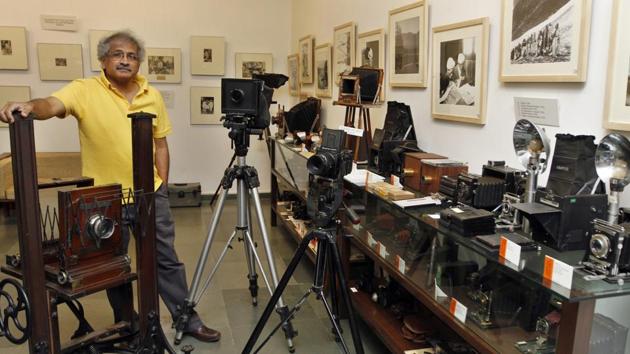We need a museum that traces cultural roots and showcases future
A museum that tells the story of Gurugram’s evolution from a sleepy village to a metropolis is the need of the hour.
With the International Museum Day approaching at end of this week, it is a good time to introspect on the current status of and need for a museum in Gurugram.

Each year, since 1977, the International Council of Museums (ICOM) has organised, across countries, the International Museum Day on May 18. The ICOM’s objective of observing this day is to raise awareness about the importance of museums across the world. This year’s theme is ‘Museums as Cultural Hubs: the Future of Traditions’ that focuses on museums as platforms where creativity and knowledge combine to tell stories to visitors, can also co-create, share and interact.
The museums in India have undergone major transformation in the last few years. The earlier touch-me-not, artefacts-oriented museums are now evolving into more interactive community spaces with regular outreach programmes and digital displays. More interestingly, city and community museums are shaping up in India that focus on the local communities and city’s history, origin, collections and allow interaction with the residents.
So, where does Gurugram stand in this scenario? Do we have any museum(s) to showcase our region or city’s history and development?
There are few private museums in and around Gurugram which we can be thankful for. The KC Aryan Museum is probably the oldest museum in Gurugram, which was initiated in 1984 by the painter, historian, sculptor and collector of folk arts and crafts, KC Aryan, from his home. This museum is still alive, is run by his family and houses some precious artefacts. Another one is the Uruswati Museum of Folklore established in 1999 to primarily showcase folk arts and crafts of north Indian states.
A number of contemporary art galleries have sprung up in the city since the 1990s. Starting with Gallerie Alternatives, the city now houses almost more than 30-plus small- and medium-sized entities catering to contemporary art buffs instead of serving as hubs for informed dialogue on art and literature. Among, other medium-sized museums around, one can enlist the Vintage Camera Museum by photographer Aditya Arya; NeverEnuf Garden Railway built in a farmhouse beyond Taoru and the Railway Museum in Rewari with toy train and simulators.
So, in all, Gurugram can truly boast of only two international-level museum spaces—the Devi Art Foundation started in 2008 housing the Lekha and Anupam Poddar ), one of India’s most important private collections with more than 7,000 contemporary, modern and tribal artworks from across the subcontinent); and the Heritage Transport Museum in Manesar that started in 2013. The latter showcases the history of transportation in India with displays ranging from the earliest palanquins and buggies to vintage cars, automobiles and aircrafts.
These are two excellently designed museum spaces that the Gurugram residents can enjoy and showcase to visitors. Collections from both these museums are also exhibited by Google Arts & Culture.
Another organisation feeding the cultural needs of the city is the Centre for Art and Archives, housed in a sensitively designed building of the AIIS (American Institute of Indian Studies) since 2000. While the Centre is worth a visit, they also launched a Virtual Museum of Images and Sounds available to all online.
However, all these museums still do not makeup for the need of a city museum in Gurugram. A museum that tells us about the history of the metropolis that grew from a village of Guru Dronacharya. A museum, that not only covers the chronological history and evolution of the place, but also addresses contemporary issues of its sustainability. A museum as the cultural hub for residents to dialogue and debate on the current environment and housing crisis. One that can house our history and showcase our future, like the Shahghai Urban Planning Exhibition Center does with a mega model and experiential public and housing spaces for future sustainability.
Can we envision such a Museum for our city?
(Shikha Jain is state convenor, INTACH Haryana Chapter and member of Heritage Committees under ministries of culture and HRD. She is co-editor of book ‘Haryana: Cultural Heritage Guide’; director, DRONAH (Development and Research Organisation)



